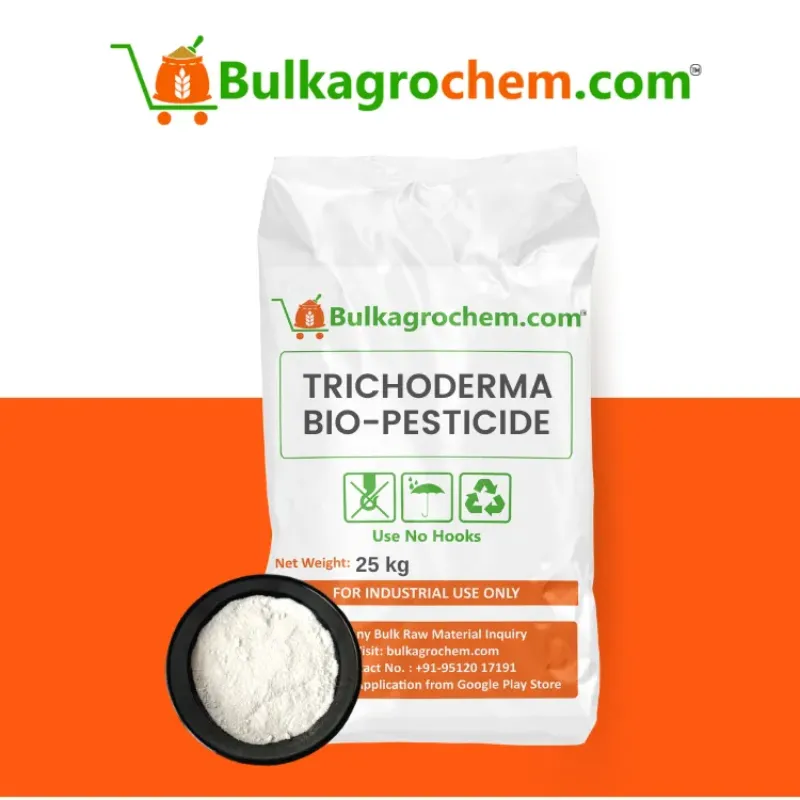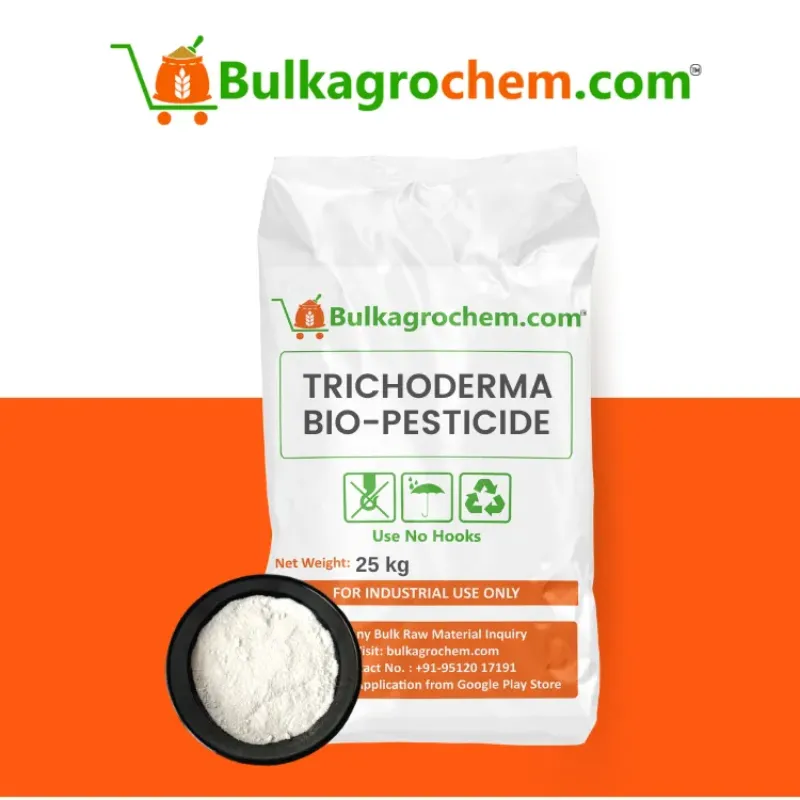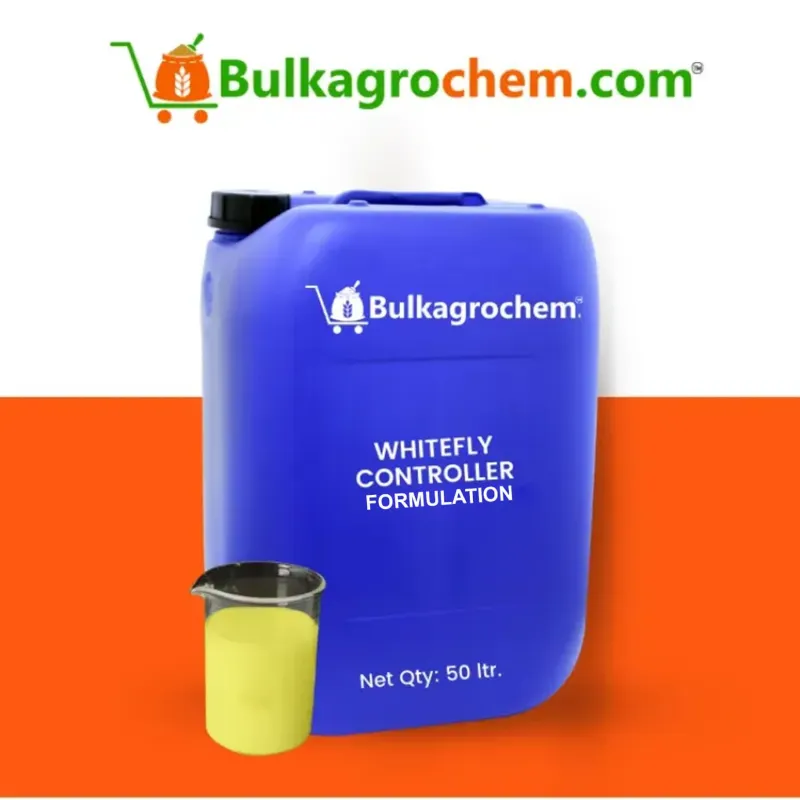Natural PGRs, or bio-based plant growth regulators, are locally-derived bio-stimulants that regulate growth with naturally occurring organic base materials like seaweed extracts, microbial biostimulants, and others. They can help growers develop plant growth and vigor in an environmentally-friendly way by seeing true benefits from no synthetic inputs.
When growers choose natural PGR for plants, they use an eco-friendly growth regulator means for plant growth and vigor, helping plants develop a stronger root systems, resilience against environmental stress, climate adaptation/mitigating, and improved nutrient uptake.
Some of the leading best natural PGR examples include phosphorelated cytokinins from kelp, humic acid blends, and inoculants from Bacillus. These products have natural growth improvement effects on agriculture, and repeated studies and tests will provide measurable, consistent evidence of benefits through agricultural research.
Beginning the process of incorporating natural PGR examples as part of your crop program welcomes opportunities to develop improved soil health, increased crop yield results, and improved long-term sustainable farming practices.
Introduction to Natural PGR for Plants and Why It Matters
Natural PGRs or bio-based plant growth regulators means products that have been derived from seaweed, microbes, and humic substances and follow mild regulation of growth without synthetic residues. The use of natural PGRs continues to emphasize growers' need for eco-friendly farming that is focused on the long-term sustainable health of soil and crop growth.
Defining natural PGR and its role in eco-friendly farming
- Biostimulatory effect: Natural PGRs have hormonal precursors (cytokinins, auxins and gibberellins), which provide balanced development.
- Soil microbiome enhancement: Many of the products include beneficial microbes (bacteria or fungi) that increase nutrient cycling and disease suppression.
- Residue-free harvest: Natural products do not leave any toxic residues as the synthetic PGR do. They are also acceptable under all organic and regenerative practices.
Key motivations: soil health, reduced chemicals and yield boosts
decreased dependency on chemicals, and increased yields.
- Soil improvement: Natural PGRs feed soil microbial populations and increase microbial diversity. This improves soil structure, compaction, and water retention.
- Reduction of dependence on chemicals: There is a reduction of up to 30%, in heavy reliance synthetic fertilisers and pesticides.
- Increased yields: There was an 10-15% increase in harvestable marketable product (when paired with a standard NPK program), demonstrated in field trials.
Overview of best natural PGR benefits
The Science Behind Natural PGR: How It Works and Benefits Your Crops
Natural PGRs provide bioactive materials (compounds) that will fully integrate into the plant signaling network resulting in positive growth that does not have residues from synthetics.
Mechanisms of natural plant growth regulators at the cellular level
- Hormone precursors: Seaweed extracts contain various cytokinin precursors (zeatin-like compounds) that will bind to plant receptors and trigger cell division in meristems.
- Signal amplification: Humic acids will bind with membrane transporters to improve the movement of auxin and cytokinis within the plant, and, thus, increase leaf expansion faster.
- Gene expression: Microbial biostimulants (Bacillus spp.) use other means when they secrete lipo-chitooligosaccharides that upregulate stress-response in the roots or shoots.
Interaction with endogenous hormones for balanced development
Natural PGRs influence the plant's own hormone pools in order to avoid overstimulation:
- Auxin-cytokinin balance: Algal derived cytokinins will stimulate shoot branching but allow auxin balance to maintain root growth - This is a key example of a natural PGR working with the plant to promote synergy.
- Gibberellin tuning: Botanicals containing gibberellin precursor compounds will extend stem internodes and trigger 'bloom initiation' without impacting the bloom.
- Feedback regulation: There are endogenous feedback loops that regulate some of this runaway growth; response regulators - types A - adjust sensitivity to maintain the feedback loop so homeostasis is preserved.
Data snapshot: stress resilience improvements
Field trials using natural PGR examples—such as kelp extract biostimulants—demonstrate dramatic yield protection under abiotic stress, showcasing their role as essential tools for resilient, sustainable cropping systems.
Top Reasons to Incorporate Best Natural PGR into Your Practices
Adopting a best natural PGR strategy delivers multiple agronomic and environmental advantages, aligning productivity with sustainability goals.
Boost root vigor and shoot growth organically
Natural PGRs—such as seaweed extracts and microbial inoculants—provide balanced hormone precursors that:
- Stimulate root hair proliferation, increasing soil exploration and water uptake
- Enhance shoot elongation and branching, improving canopy development without chemical residues
Lower environmental footprint versus synthetics
Switching to natural PGR for plants cuts long‐term soil contamination and reduces greenhouse gas emissions in production.
Support biodiversity with non-toxic formulations
Natural PGR examples—like kelp cytokinin and humic acid blends—boost crop health without harming:
- Beneficial insects (pollinators, predators)
- Soil microbes (mycorrhizae, nitrogen fixers)
- Adjacent flora and fauna, preserving on-farm ecosystems
By integrating these plant growth regulators, you foster resilient agroecosystems while maintaining high yields.
Natural PGR Examples and Choosing the Right One
Natural PGRs harness bioactive compounds from plants and microbes—offering natural PGR for plants solutions that boost growth without synthetic residues.
Seaweed extracts, humic acids and microbial inoculants
- Seaweed extracts: Rich in natural cytokinins and betaines, they enhance stress tolerance and root initiation.
- Humic acids: Improve soil structure and chelate nutrients, amplifying plant growth regulators action.
- Microbial inoculants: Bacillus and Trichoderma strains produce auxin‐like signals directly in the rhizosphere.
Matching regulator type to crop species and growth stage
Use this table to align natural PGR examples with specific crop demands—maximizing efficiency and outcome.
Practical guide: dosage, application methods and timing
Dosage:
- Seaweed extracts: 1–3 L/ha per growth phase
- Humic acids: 2–5 kg/ha in fertigation
- Microbial inoculants: 10⁶–10⁸ CFU/mL in root zone
Application Methods:
- Foliar sprays: Early morning or late afternoon for optimal uptake
- Soil drenches: At transplanting and pre-flower stages
- Seed treatments: Coating seeds with microbial PGRs before sowing
Timing:
- Vegetative boost: Within first 2–3 weeks after emergence
- Reproductive support: 7–10 days before bloom initiation
- Stress priming: 24–48 hours prior to expected heat or drought
By selecting the best natural PGR for your crop and following this guide, you ensure precise, consistent growth promotion and healthier harvests.
FAQs
Q1. What is a natural PGR for plants and how does it differ from synthetic?
A natural PGR for plants is a bio‐derived biostimulant (e.g., seaweed extract) that gently enhances growth, whereas synthetic PGRs are lab‐made analogues designed for higher potency and stability.
Q2. Which are the best natural PGR examples for organic farming?
Top natural PGR examples include kelp‐based extracts, humic acid blends and microbial inoculants (e.g., Bacillus subtilis)—all OMRI‐approved for organic systems.
Q3. How quickly will I see results after applying natural PGR?
Expect visible growth improvements—such as increased root hairs or leaf expansion—within 5–10 days after applying the best natural PGR at recommended rates.
Q4. Can natural PGRs be mixed with other organic inputs?
Yes, natural PGR formulations blend well with compost teas, organic fertilizers and beneficial microbes—just perform a small jar test to ensure compatibility.
Q5. What storage and handling do natural PGR products require?
Store natural PGR for plants in a cool, dark place (10–25 °C), tightly sealed. Avoid freezing and direct sunlight to preserve bioactivity.
Conclusion: Take the Leap Towards a Greener Future with Natural PGRs Today!
Embracing natural PGR solutions marks a pivotal shift toward more resilient, productive and eco-conscious agriculture. By integrating natural PGR for plants into your crop management, you leverage biological growth regulators that enhance root and shoot development without the environmental cost of synthetic chemicals.
The best natural PGR examples—such as kelp extracts, humic acids and microbial inoculants—offer proven benefits, from improved stress tolerance to higher nutrient-use efficiency. Now is the time to pilot these natural PGR examples on a small scale, monitor outcomes, and scale up the practices that deliver the greatest yield and sustainability gains.
- Trial applications: Start with one natural PGR for plants (e.g., seaweed extract) on a test plot.
- Monitor metrics: Track root vigor, leaf area and yield to compare against untreated controls.
- Optimize timing: Apply at key growth stages—seedling, pre-flower, stress anticipation—for maximum impact.
- Scale success: Expand use of the best natural PGR formulations across your entire farm once efficacy is confirmed.
- Share insights: Collaborate with fellow growers to refine natural PGR examples and build a community of sustainable practice.
By taking these steps today, you’ll not only boost your own productivity but also contribute to a healthier planet for generations to come.




